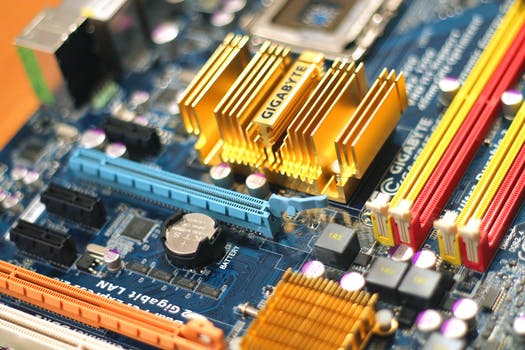TheDeveloperBlog.com
C-Sharp | Java | Python | Swift | GO | WPF | Ruby | Scala | F# | JavaScript | SQL | PHP | Angular | HTML
Apache Spark Components
Apache Spark Components with Spark Tutorial, Introduction, Installation, Spark Architecture, Spark Components, Spark RDD, Spark RDD Operations, RDD Persistence, RDD Shared Variables, etc.
Spark ComponentsThe Spark project consists of different types of tightly integrated components. At its core, Spark is a computational engine that can schedule, distribute and monitor multiple applications. Let's understand each Spark component in detail. 
Spark Core
Spark SQL
Spark Streaming
MLlib
GraphX
Next TopicWhat is RDD
|
Related Links:
- Apache Kafka vs Apache Storm
- Apache POI Tutorial
- Apache Ant Tutorial
- Apache Cordova Tutorial
- Apache Kafka Tutorial
- Apache Spark Tutorial
- Apache Kafka Use Cases
- Apache Kafka Producer
- Apache Kafka Consumer and Consumer Groups
- Apache Kafka Applications
- Apache Kafka Advantages and Disadvantages
- Apache Kafka Multiple Clusters
- Apache Kafka vs RabbitMQ
- Apache Spark Char Count Example
- Apache Spark Introduction
- Apache Spark Installation
- Apache Spark Architecture
- Apache Spark Components
- Apache Spark RDD
- Apache Spark RDD Operations
- Apache Spark RDD Persistence
- Apache Spark RDD Shared Variables
- Apache Spark Word Count Example
- Apache Kafka Architecture


